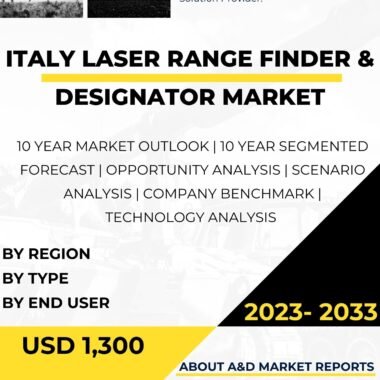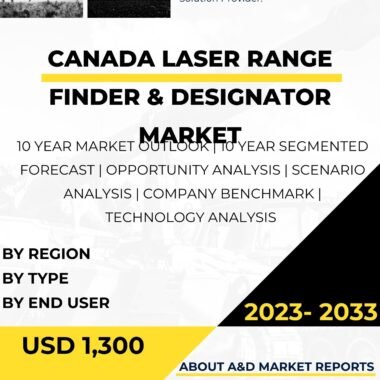Description
The United States is a pivotal driver of global brass demand within the Aerospace and Defense industry. Brass, a copper-zinc alloy renowned for its exceptional durability, corrosion resistance, and versatility, plays a vital role in the manufacturing of various components and equipment for military aircraft, naval vessels, ground vehicles, and munitions. Brass’s unique properties make it an indispensable material in this sector, contributing to the development of reliable, long-lasting, and high-performance aerospace and defense systems.
One of the primary drivers of brass demand in the Aerospace and Defense industry is its corrosion resistance, which is particularly critical in applications exposed to harsh environmental conditions. Aircraft, naval vessels, and military equipment operate in challenging environments that include saltwater exposure, extreme temperatures, and corrosive agents. Brass’s natural resistance to corrosion ensures that critical components remain robust and functional over time, minimizing maintenance costs and increasing overall operational efficiency. This corrosion resistance is especially valuable in naval applications, where brass components help extend the lifespan of maritime assets.
Brass’s durability and strength are also significant factors driving its demand in these sectors. Aerospace and defense equipment must endure high-stress situations, shocks, and impacts during their operational lifetimes. Brass components, with their exceptional mechanical properties, contribute to the structural integrity of various systems, including munitions casings, ammunition components, and components for aircraft and naval vessels. Their ability to withstand these rigorous conditions ensures the reliability and safety of aerospace and defense systems.
Furthermore, brass’s versatility is a key factor contributing to its demand in the Aerospace and Defense industry. It can be easily machined, fabricated, and customized to meet the specific design and performance requirements of various applications. This adaptability allows manufacturers to produce precise brass components for a wide range of aerospace and defense equipment, ensuring they meet stringent quality and safety standards.
Brass’s electrical conductivity properties also make it valuable in aerospace and defense applications. It is commonly used in electrical connectors, terminals, and wiring harnesses for military aircraft and equipment. Its excellent electrical conductivity and resistance to corrosion contribute to the reliable functioning of critical electrical systems in these applications.
In addition to its structural and electrical applications, brass is utilized for its antimicrobial properties in healthcare and defense environments. Brass surfaces have been shown to inhibit the growth of bacteria and microorganisms, making them suitable for applications where hygiene and protection against pathogens are essential. This characteristic is particularly relevant in aerospace and defense settings where maintaining clean and sterile environments is crucial.
The United States, with its significant aerospace and defense industry, significantly influences the global brass market within these sectors. The country is home to major aerospace and defense manufacturers, including Boeing, Lockheed Martin, and Northrop Grumman, which have extensive supply chains and manufacturing facilities. These companies actively use brass in the construction of aircraft, naval vessels, munitions, and various components and equipment. Additionally, the U.S. Department of Defense, with its substantial budget allocation for military modernization and procurement, plays a pivotal role in driving brass demand. The military’s need for brass components in munitions, ammunition, and various defense systems underscores the importance of brass in enhancing military readiness and national security.
In conclusion, brass’s demand within the Aerospace and Defense industry is firmly rooted in its exceptional corrosion resistance, durability, versatility, and electrical conductivity. These qualities make it a vital material for constructing a wide range of components and equipment that contribute to the reliability, performance, and safety of aerospace and defense systems. The United States, as a dominant player in these sectors, significantly influences global brass demand by driving its use in the construction of aircraft, naval vessels, munitions, and various defense equipment, reaffirming brass’s critical role in advancing aerospace and defense technologies worldwide.




